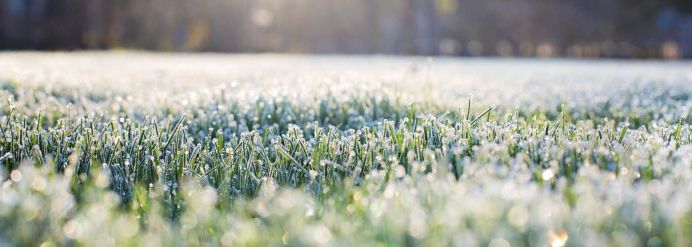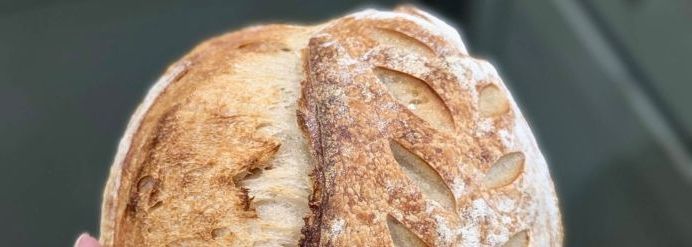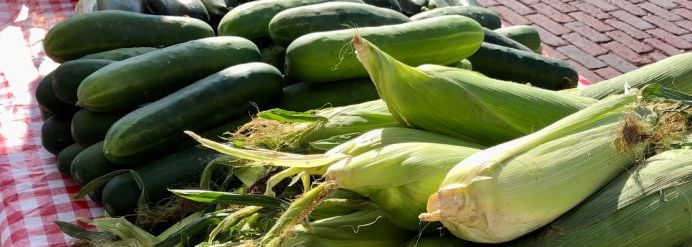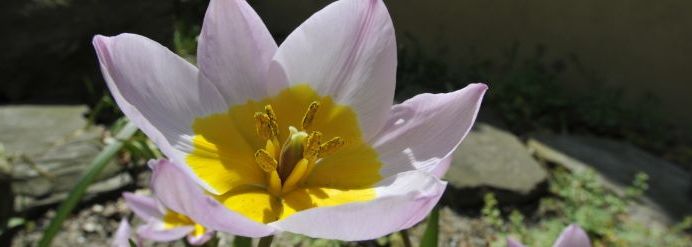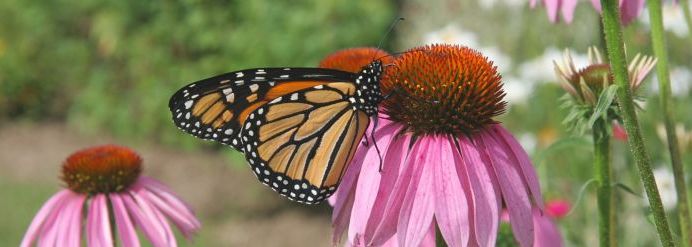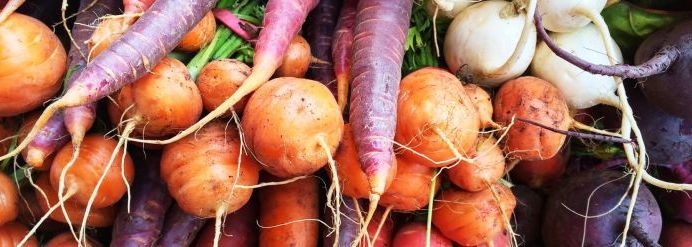As the temperatures drop and the mornings glisten with a silvery coating, frost transforms the world into a magical winter wonderland. While frost may look enchanting, it plays a significant role in the natural world, particularly for plants. For gardeners and farmers, frost can be both a friend and a foe. Understanding how frost forms and its effects on plants can help us better appreciate its beauty and manage its impact. Let’s dive into the science behind frost and its fascinating influence on plant life in Gretna, Nebraska!
How frost forms
Frost occurs when temperatures dip below freezing (32°F or 0°C) and moisture in the air settles on cold surfaces, forming ice crystals. It typically forms on clear, calm nights when the ground loses heat rapidly, causing surface temperatures to fall below the dew point. This process results in tiny ice crystals covering everything from leaves to blades of grass. There are different types of frost, including:
Hoarfrost
The delicate, feathery frost is most often seen on cold mornings.
Black frost
Invisible frost that doesn’t form ice crystals but damages plants by freezing their tissues.
Rime frost
A rough, icy coating formed in windy and humid conditions.
Each type of frost impacts plants in unique ways, making it an integral part of nature’s seasonal cycle.
The effects of frost on plants
Frost can have both positive and negative effects on plants, depending on the type of plant and the severity of the frost.
Damage to tender plants
Frost is notorious for damaging plants, particularly those not adapted to cold weather. When frost forms on plant leaves, the water inside the plant cells can freeze. As water expands when it turns to ice, it can rupture cell walls, leading to wilted, blackened, or dead leaves. Tender plants like tomatoes, peppers, and basil are especially vulnerable to frost damage.
For perennial plants, frost can harm new growth, while annual plants may not survive a heavy frost. This is why many gardeners rush to cover their crops or move potted plants indoors when frost warnings are issued.
Benefits of frost
Although frost can harm plants, it also plays an important role in the natural world.
Vernalization
Frost can help certain plants, such as tulips and apple trees, bloom or fruit better in the spring. The cold triggers specific processes within the plant, preparing them for the growing season ahead.
Pest control
Frost kills off many pests, fungi, and bacteria that could otherwise harm crops and plants. It’s nature’s way of cleansing the garden.
Improved flavor
Some crops, like kale and Brussels sprouts, actually taste better after being exposed to frost. The cold triggers the plants to convert starches into sugars, resulting in sweeter, more flavorful produce.
How plants adapt to frost
Plants have evolved fascinating mechanisms to survive frost and cold temperatures.
Deciduous trees
These trees shed their leaves before winter, reducing the risk of frost damage.
Frost-tolerant plants
Some plants, like evergreens, have needle-like leaves with a waxy coating that helps retain moisture and prevent freezing.
Antifreeze proteins
Certain plants produce antifreeze-like compounds that prevent ice crystals from forming inside their cells, allowing them to survive frosty conditions.
Protecting plants from frost
Gardeners and farmers have developed strategies to minimize frost damage and protect vulnerable plants.
Covering plants
Frost blankets, sheets, or plastic covers can shield plants from freezing temperatures.
Watering before frost
Moist soil retains heat better than dry soil, creating a slightly warmer environment for plants.
Mulching
Adding a layer of mulch around plants can help insulate the soil and protect roots from freezing.
Timing planting seasons
Growing frost-tolerant crops and planting tender plants after the last frost date are essential for successful gardening.
Keep an eye out for frost in Gretna, Nebraska 👀❄️
Frost is a remarkable phenomenon that showcases the beauty and complexity of nature. While it may present challenges for plants, it also brings benefits that contribute to the balance of ecosystems. By understanding the magic of frost and its effects on plants, we can better appreciate its role in the natural world and learn to work with it rather than against it. So the next time you see the world sparkling with frost, remember the science and resilience behind those shimmering crystals—it’s nature’s artistry at work in Gretna, Nebraska!




